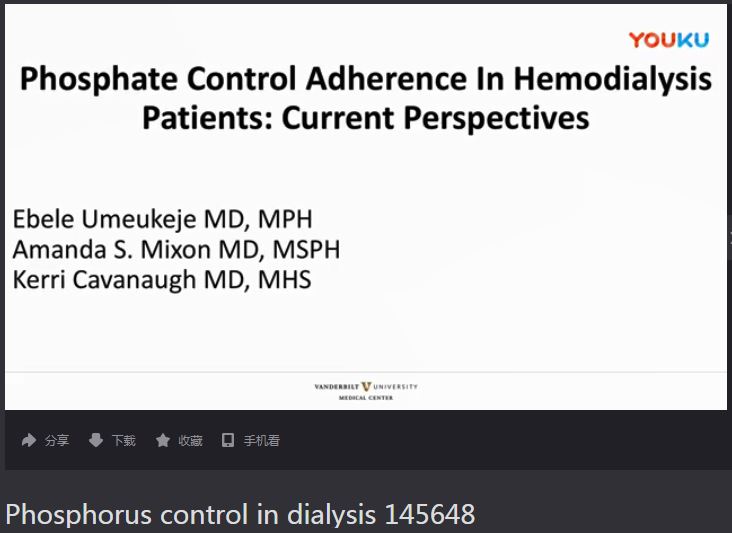9 0 8 1 0
论文已发表
注册即可获取德孚的最新动态
IF 收录期刊
- 2.6 Breast Cancer (Dove Med Press)
- 3.9 Clin Epidemiol
- 3.3 Cancer Manag Res
- 3.9 Infect Drug Resist
- 3.6 Clin Interv Aging
- 4.8 Drug Des Dev Ther
- 2.8 Int J Chronic Obstr
- 8.0 Int J Nanomed
- 2.3 Int J Women's Health
- 3.2 Neuropsych Dis Treat
- 4.0 OncoTargets Ther
- 2.2 Patient Prefer Adher
- 2.8 Ther Clin Risk Manag
- 2.7 J Pain Res
- 3.3 Diabet Metab Synd Ob
- 4.3 Psychol Res Behav Ma
- 3.4 Nat Sci Sleep
- 1.9 Pharmgenomics Pers Med
- 3.5 Risk Manag Healthc Policy
- 4.5 J Inflamm Res
- 2.3 Int J Gen Med
- 4.1 J Hepatocell Carcinoma
- 3.2 J Asthma Allergy
- 2.3 Clin Cosmet Investig Dermatol
- 3.3 J Multidiscip Healthc

Phosphate-control adherence in hemodialysis patients: current perspectives
Authors Umeukeje EM, Mixon AS, Cavanaugh KL
Received 2 March 2018
Accepted for publication 30 April 2018
Published 5 July 2018 Volume 2018:12 Pages 1175—1191
DOI https://doi.org/10.2147/PPA.S145648
Checked for plagiarism Yes
Review by Single-blind
Peer reviewers approved by Dr Colin Mak
Peer reviewer comments 3
Editor who approved publication: Dr Johnny Chen
Objectives: This review summarizes factors relevant for adherence to phosphate-control
strategies in dialysis patients, and discusses interventions to overcome
related challenges.
Methods: A literature search including the terms “phosphorus”,
“phosphorus control”, “hemodialysis”, “phosphate binder medications”,
“phosphorus diet”, “adherence”, and “nonadherence” was undertaken using PubMed,
PsycInfo, CINAHL, and Embase.
Results: Hyperphosphatemia is associated with
cardiovascular and all-cause mortality in dialysis patients. Management of
hyperphosphatemia depends on phosphate binder medication therapy, a
low-phosphorus diet, and dialysis. Phosphate binder therapy is associated with
a survival benefit. Dietary restriction is complex because of the need to
maintain adequate protein intake and, alone, is insufficient for phosphorus
control. Similarly, conventional hemodialysis alone is insufficient for
phosphorus control due to the kinetics of dialytic phosphorus removal. Thus,
all three treatment approaches are important contributors, with dietary
restriction and dialysis as adjuncts to the requisite phosphate binder therapy.
Phosphate-control adherence rates are suboptimal and are influenced directly by
patient, provider, and phosphorus-control strategy-related factors.
Psychosocial factors have been implicated as influential “drivers” of adherence
behaviors in dialysis patients, and factors based on self-motivation associate
directly with adherence behavior. Higher-risk subgroups of nonadherent patients
include younger dialysis patients and non-whites. Provider attitudes may be important
– yet unaddressed – determinants of adherence behaviors of dialysis patients.
Conclusion: Adherence to phosphate binders, low-phosphorus
diet, and dialysis prescription is suboptimal. Multicomponent strategies that
concurrently address therapy-related factors such as side effects, patient
factors targeting self-motivation, and provider factors to improve attitudes
and delivery of culturally sensitive care show the most promise for long-term
control of phosphorus levels. Moreover, it will be important to identify
patients at highest risk for lack of control, and for programs to be ready to
deliver flexible person-centered strategies through training and dedicated
resources to align with the needs of all patients.
Keywords: hyperphosphatemia,
adherence, phosphorus binders, low-phosphorus diet, dialysis
